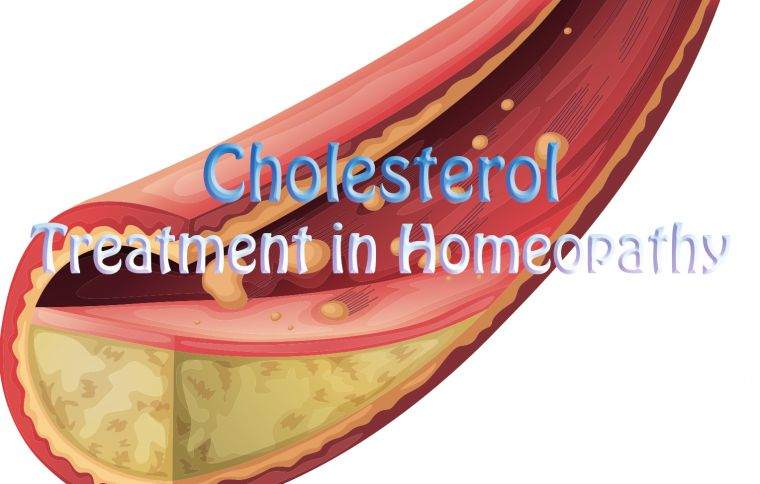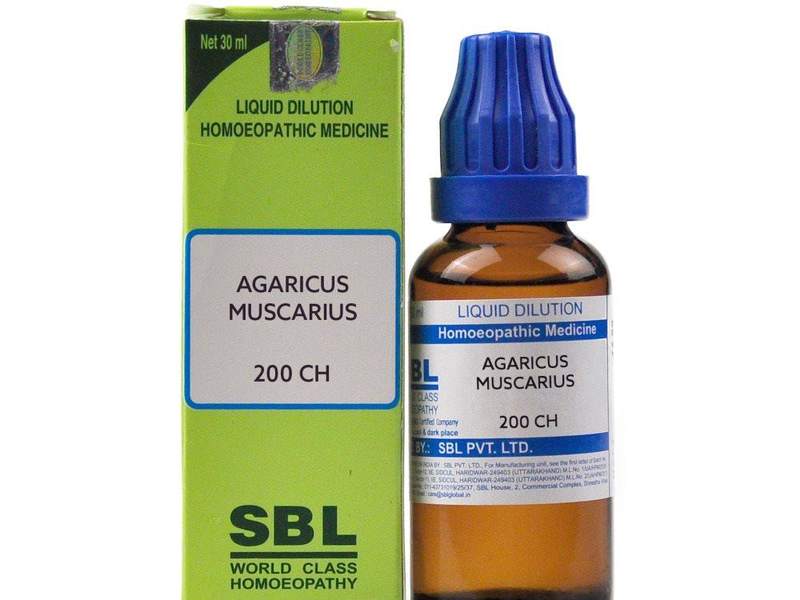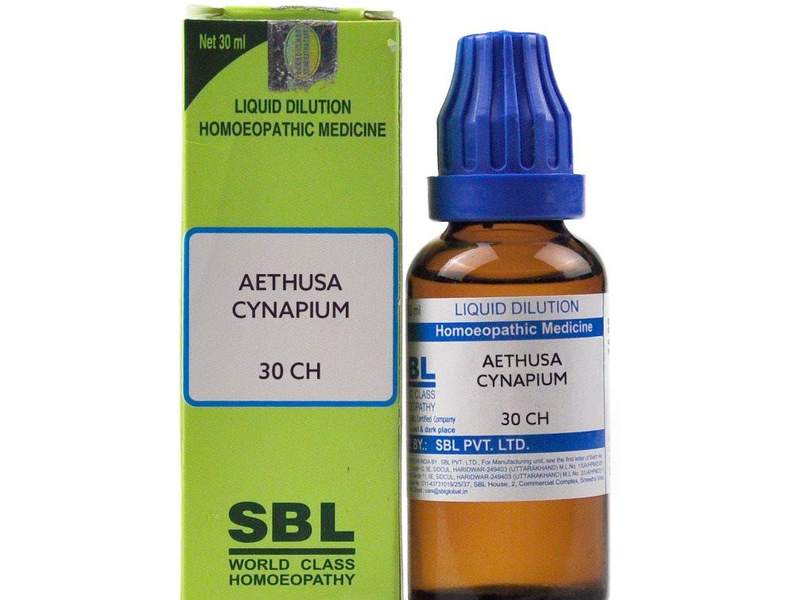Cholesterol Treatment in Homeopathy Medicine
₹1,942.00 Original price was: ₹1,942.00.₹1,362.00Current price is: ₹1,362.00.
Cholesterol Treatment in Homeopathy Medicine
Cholesterol is fundamental for life and occurs naturally in the body. It forms a basic part of all the cells, helps to digest food and helps to produce hormones and vitamin D. There are two major forms of cholesterol: (1) Low density lipoprotein (LDL) and (2) High density lipoprotein (HDL). About 80% of cholesterol is produced in the liver and about 20% comes from food. HDL in the blood is called good cholesterol because it carries cholesterol to the liver where it is removed from the body. LDL is also produced in the body. It is called bad cholesterol because it results in fatty deposits which clog up the arteries so that blood cannot flow properly. It is a normal constituent of bile.
Heart muscles are nourished by oxygen carried through thin vessels called the coronary arteries. If this circulation is severely reduced or blocked, the muscles quickly become starved of oxygen and cannot function normally – this is ‘heart attack’. Cholesterol forms thin layers inside the coronary arteries gradually reducing the inner space, consequently reducing the blood flow. When the arteries become sufficiently narrow, a blood clot is formed which obstructs the blood flow causing insufficiency of vital nutrients and oxygen carried by blood. A heart attack, thus follows. To prevent the heart attack, the level of cholesterol must be lowered. To achieve this, diet restrictions are needed.
Butter, butter oil, meats (except that of a fish), ice creams, cheese and cream, egg yolks, fried articles, etc. increase the level of cholesterol. Alternative diets are available and should be used. Cholesterol is usually measured in mill moles in the litre (mmoll). Reading is taken from the blood taken from the finger tips. A serum cholesterol of 6.21 mmoll (240 mg) or above is considered risky and reading over 8.58 mmoll is dangerous. A reading of 5.17 mmoll (200 mg) to 6.21 mmoll (240 mg) is considered as borderline. A serum cholesterol under 5.2 mmoll (200 mg) is considered healthy. The lower, the better. Diet restrictions must be kept in view. Cholesterol in the blood should never be more than 200 mg per 100 cc of blood. The following homeopathic medicines are useful to reduce the level of cholesterol:
Allium sativum Q (Thrice a day) 5-10 drops in ½ cup of water: Acts especially on fleshy subjects who eat a great deal of meat than they drink. 5 drops a dose, three times a day reduces cholesterol in about a month. It has been proved that it reduces total serum cholesterol level.
Avena sativa Q (Thrice a day) 5-10 drops in ½ cup of water: Oats reduce blood cholesterol and also help protecting the rise of glucose levels by slowing down sugar absorption.
Chrysanthemum Q (Twice a day) 20 drops in ½ cup of water: Reduces cholesterol levels and also eliminates digestive troubles resulting from overeating. 20 drops in a little water two times in a day.
Crataegus oxy. Q (Twice a day) 10 drops in ½ cup of water: It has a solvent power upon crustaceous and calcareous deposits in the arteries and thus reduces the thickening of the arteries.
Embelica off. Q (Twice a day) (East Indian Amla) 10 drops in ½ cup of water: It is an excellent remedy for this purpose. It can also be taken as a vegetable or jam, which is prepared from the fruit itself.
Ginseng (Twice a day) 10 drops in ½ cup of water: Reduces cholesterol levels.
Guggul 1x: The extract of the resin of Guggul tree, regulates levels of cholesterol by monitoring levels of bile acids released by the liver. There is no evidence that it affects metabolism or promotes weight loss.
Lecithinum 12x: Its use breaks down cholesterol and fats in blood allowing them to be stabilized effectively by cells. It improves nervous health also.
Lycopodium (Thrice a day): It lowers the level of cholesterol in the aorta and liver.
Oenothera bienn. Q (Twice a day) 10 drops in ½ cup of water: It lowers the level of cholesterol in the aorta and liver.
Sugar cane wax (Thrice a day): Sugar cane wax reduces the bad cholesterol level even when it is a hereditary problem.
Terminalia arjuna Q, Balerica Q (Twice a day) 10 drops in ½ cup of water: It is also an excellent remedy for reducing cholesterol.
NOTE 1: In December 1998, The American Journal of Nutrition reported the results of the latest study of 45 participants by Gene Spiller of California, Jenkins of Toronto and a researcher in Verona, Italy. They said that nuts and almonds are better for lowering the level of bad cholesterol. Nuts contain a high proportion of mono-unsaturated fats which lower the risk of cardio-vascular diseases. Nuts also contain vitamin E which reduces the risk of heart disease.
NOTE 2: Soya bean (soya) eating cuts “bad cholesterol” and boosts heart healthy “good cholesterol. ” Proteins and antioxidants specific to soya have this property.
NOTE 3: Oats reduce blood cholesterol and also help protecting the rise of glucose levels by slowing down sugar absorption.
NOTE 4: The following chart shows the level of cholesterol desirable and undesirable.
TOTAL CHOLESTEROL:
Below 5.2 mmol/1 Desirable
5.2 – 6.2 mmol/1 Borderline high
Above 6.2 mmol/1 High
LDL CHOLESTEROL:
Below 3.4 mmol/1 Desirable
HDL CHOLESTEROL:
Above 0.9 mmol/1 Desirable
TRIGLYCERIDE:
Below 2.3 mmol/1 Desirable
NOTE 5: High TRIGLYCERIDE levels tend to go hand in hand with being overweight, hypertension, low LDL levels and diabetes. High TRIGLYCERIDE levels can be lowered by avoiding all forms of sugar (whites, brown, honey, syrup, and alcohol) Most vegetable and animal fats are TRIGLYCERIDEs.
NOTE 6: Results of studies which appeared in July 2003 in The Journal of American Medical association indicates that a vegetable diet high in soluble fibre and low in saturated fats lowers the bad cholesterol. A diet heavy in okra, eggplant, soy, oatmeal and almonds causes reduction of LDC cholesterol in a short period.
Related products
Homeopathic Medicine
Homeopathic Medicine
Homeopathic Medicine
Homeopathic Medicine
Homeopathic Medicine
Homeopathic Medicine
Homeopathic Medicine
Homeopathic Medicine
Asafoetida Homeopathy Benefits, Uses – Asafoetida 30 Homeopathy Medicine











